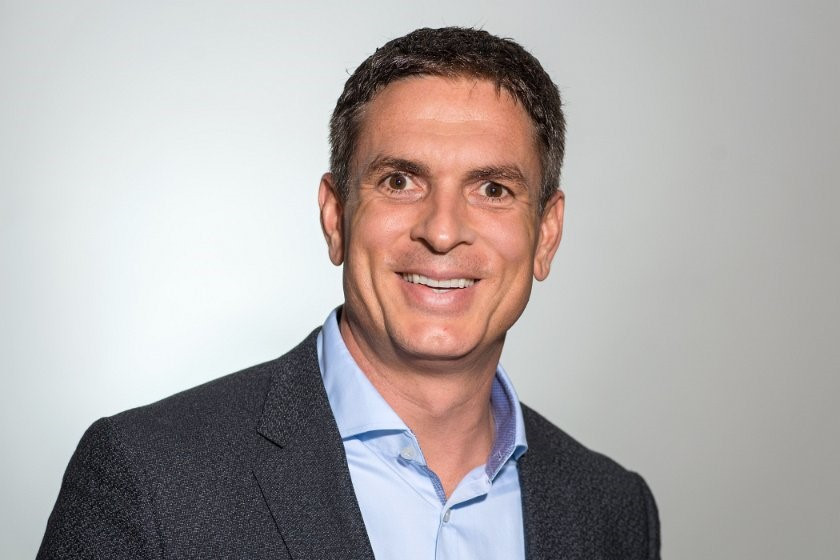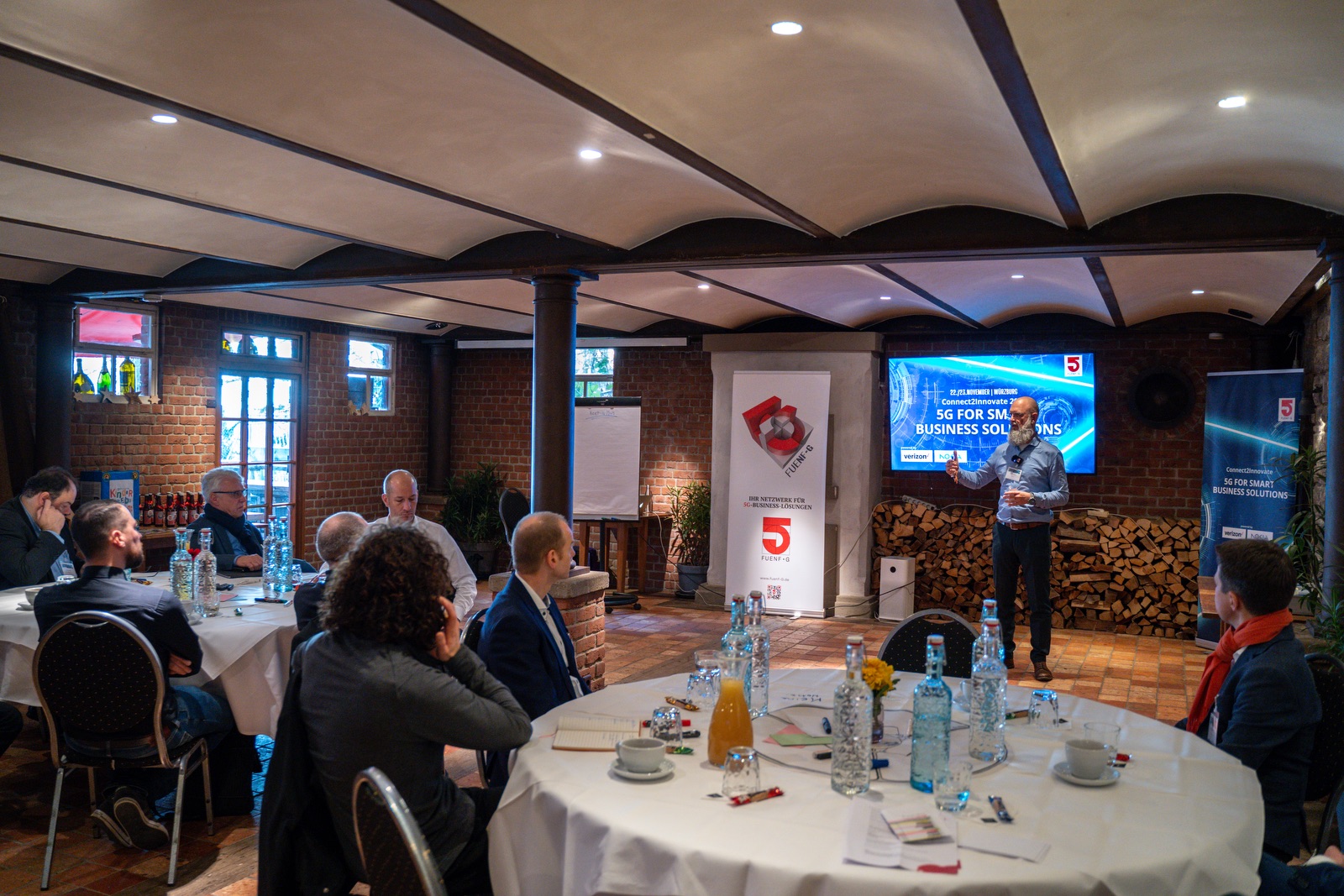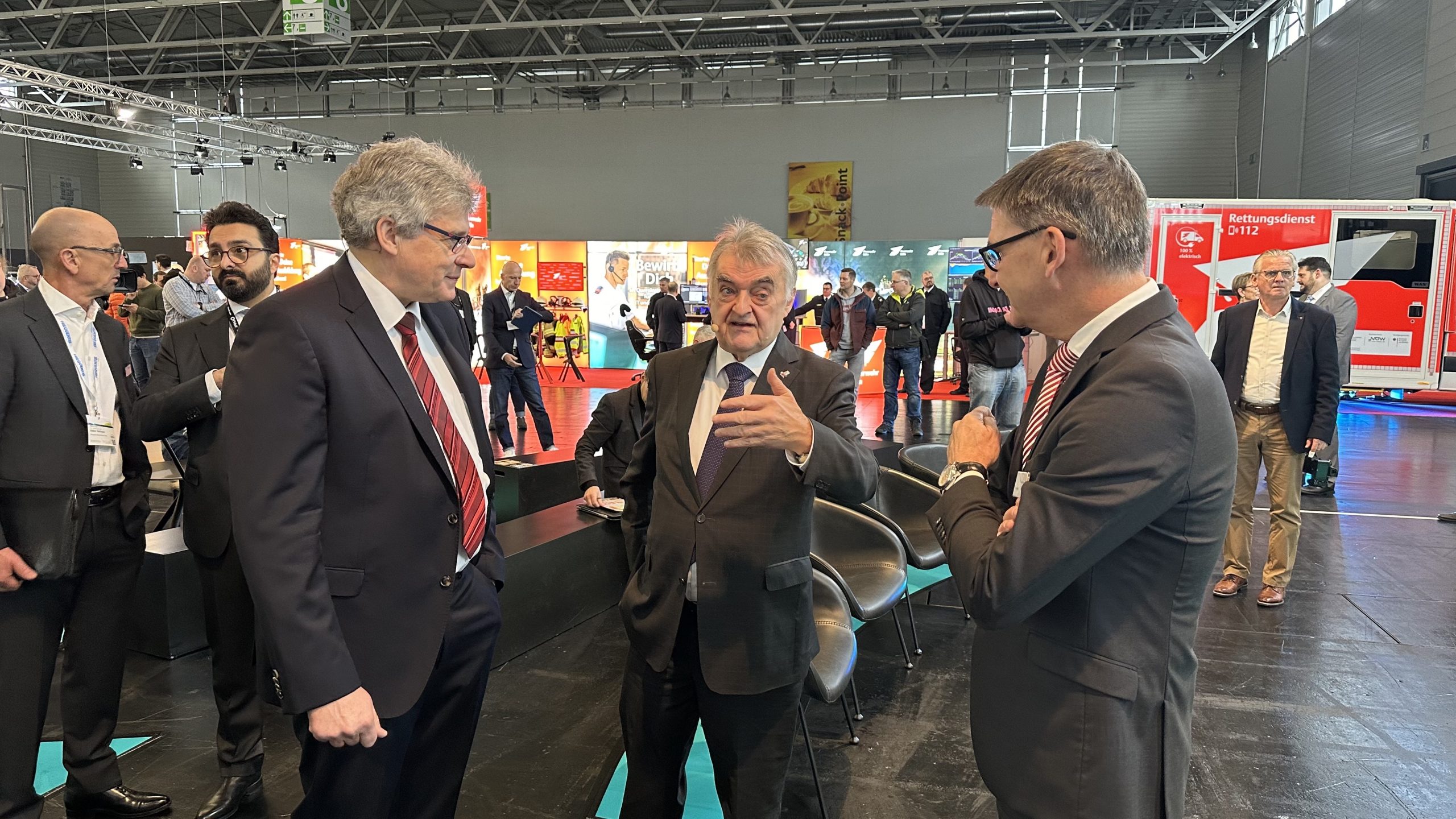In the fall of 2020, Swedish 5G pioneer Ericsson was able to close the supply gap on the router side with the acquisition of Cradlepoint. We spoke with Jan Willeke, Area Director Central Europe at Cradlepoint, about the current corporate strategy, which applications are the focus of the market and technologies that are particularly in demand.
Mr. Willeke, you’ve been with router manufacturer Cradlepoint for just under two and a half years now….
So, when I’m asked what Cradlepoint does, my answer is “cloud-managed 4G and 5G connectivity.” That’s because in addition to routers in all performance classes, the NetCloud platform is a key element of our offering. It makes it possible to manage the hardware over the entire lifecycle. Incidentally, you can even use it to operate our first router. It’s from 2006 – while NetCloud has just celebrated its tenth anniversary.
Okay, network management is of great importance, especially in the environment of 5G campus networks…
… and this is reflected in our platform. We support antenna alignment with the “Celltower” feature. The application is multi-tenant, and we offer SD-WAN functionality “from both sides”, meaning: you can configure both frontend and backend and run true channel bonding, just to name a few features. With the Exchange extension, network slicing in the 5G campus network can now be managed using NetCloud. And we have partnerships with vendors such as Extrem Networks and Juniper that enable direct integration with their platforms via APIs.
Cradlepoint is, after all, an Ericsson subsidiary, and the two companies will be exhibiting together in Hanover (Hall 14, Stand H38). Does that mean you cover both sides of the network: The parent company is responsible for sending, your company for receiving?
On the technical side, you can look at it like this. Ericsson provides the carrier core network, handles SIM and user management, and is responsible for the radio access network (RAN) all the way to the antenna. Our products cover the entire route between antennas and the edge device. However, there is also a division of tasks beyond technology, namely in terms of sales channels. While Ericsson traditionally served mainly carriers, Cradlepoint was early on focusing the channel, serving distributors, integrators and end customers.
Has this changed, as a result of the merger?
First of all, the market has changed: In addition to carriers, system integrators and large enterprises are now building their own networks. This enterprise market is now also addressed by Cradlepoint. After all, we have experience with all the necessary services to meet partner and end-customer needs. We are also adapting our licensing models, setting up renewal programs and creating the human resources to support this customer segment.
What other markets are addressed by Cradlepoint?
I would rather base that on the applications, which are spread across three fields. First, IoT & Industry 4.0, where, for example, our routers are used as concentrators for sensor technology. Then Mobility, we do a lot of projects with the various blue light services that are moving from analog BOS radio to connectivity via public mobile networks. And last but not least, the branch business, which means equipping branch offices, especially in the retail sector. One of our customers, for example, is the global jewelry chain Pandora, which equips small stores with a router that connects the telephone, cash register and credit card reader. Here, the wireless network infrastructure contributes to flexibility in store design, which can be changed at any time without rewiring.
Are there any topics that are currently of particular interest for the 5G market?
There are two answers to that. First, we see that all players are looking for worthwhile use cases, i.e., how to make money with 5G on the integrator side and save costs on the user side. In this context, it becomes apparent that the high bandwidth of 5G is generally not decisive because it is only needed in the rarest of cases. More interesting are properties such as low latency, for example for real-time applications from the fields of AR/VR or drone control, network slicing or that a high number of clients can be integrated.
And in second place…?
… we are registering a gratifying interest in the Docker capability of our routers. It saves customers from having to install an additional controller or industrial PC. Instead, applications can be run directly on the router. We see applications both in the IoT area and in mobility. In a public transport project, for example, we were not only able to consolidate the previously separate systems for the ticket office, information system, emergency button, etc., but we were also able to integrate the passenger counting system. We were also able to expand the passenger counting system, which uses cameras to register boarding and alighting, in such a way that the passenger numbers are sent to the back end directly linked with the GPS information. In the UK, we are working with the sensor manufacturer Mitie, which is installing our devices in smart building solutions. On the one hand, the routers serve as a concentrator for the sensor technology. On the other hand, data analysis runs on them using Docker containers, which enables intelligent on-site control.
With regard to routers, we at FUENF-G.com primarily hear the question of availability. And then, of course, when the changeover to 5G Release 16 will take place. What is the situation like at Cradlepoint?
We are in a very good position in terms of availability. We can handle all requests, as long as they don’t take on extraordinary dimensions. As a result, we have already won some projects because customers do not want to wait up to a year. We can make the switch to 5G R16 very quickly. We are working closely with Sierra Wireless on the modem chips, which means we can prepare for the new generation even before the final version is launched. This already worked very well with the switch to 5G SA (standalone). In addition, we are in constant exchange with the developers at our parent company Ericsson in order to optimize the interoperability of new device versions with RAN technology.
Thank you very much for the interview!









Leave A Comment